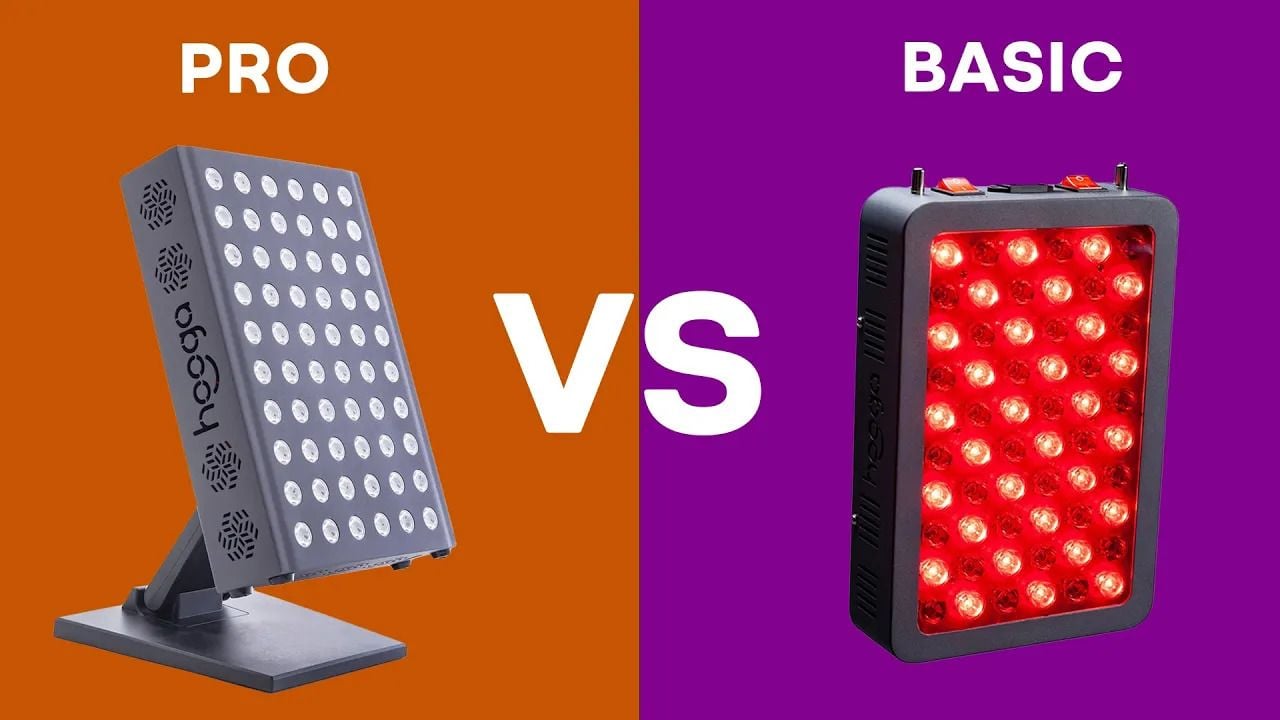Hello! What's the difference between the Hooga HG and the Hooga HG Pro range? And is it worth forking out a little bit extra cash for the Pro line? Let's find out!
Be sure to hang around until the end because later on in this article I'm going to share how you can save even more on these exceptionally well-priced panels.
I have two Hooga Health 300s in both the basic line and the Pro line. Now this article isn't necessarily just about these two panels. Hooga has an assortment of red light therapy panels across different sizes.
If you head over to the Hooga website using any of my affiliate links, you'll be able to see that there are larger panels as well such as the basic HG 750 and the Pro 750
Now, since I have both of these 300s, we're going to use them as examples. Before we go through the differences, let's have a look at what is the same about these two.
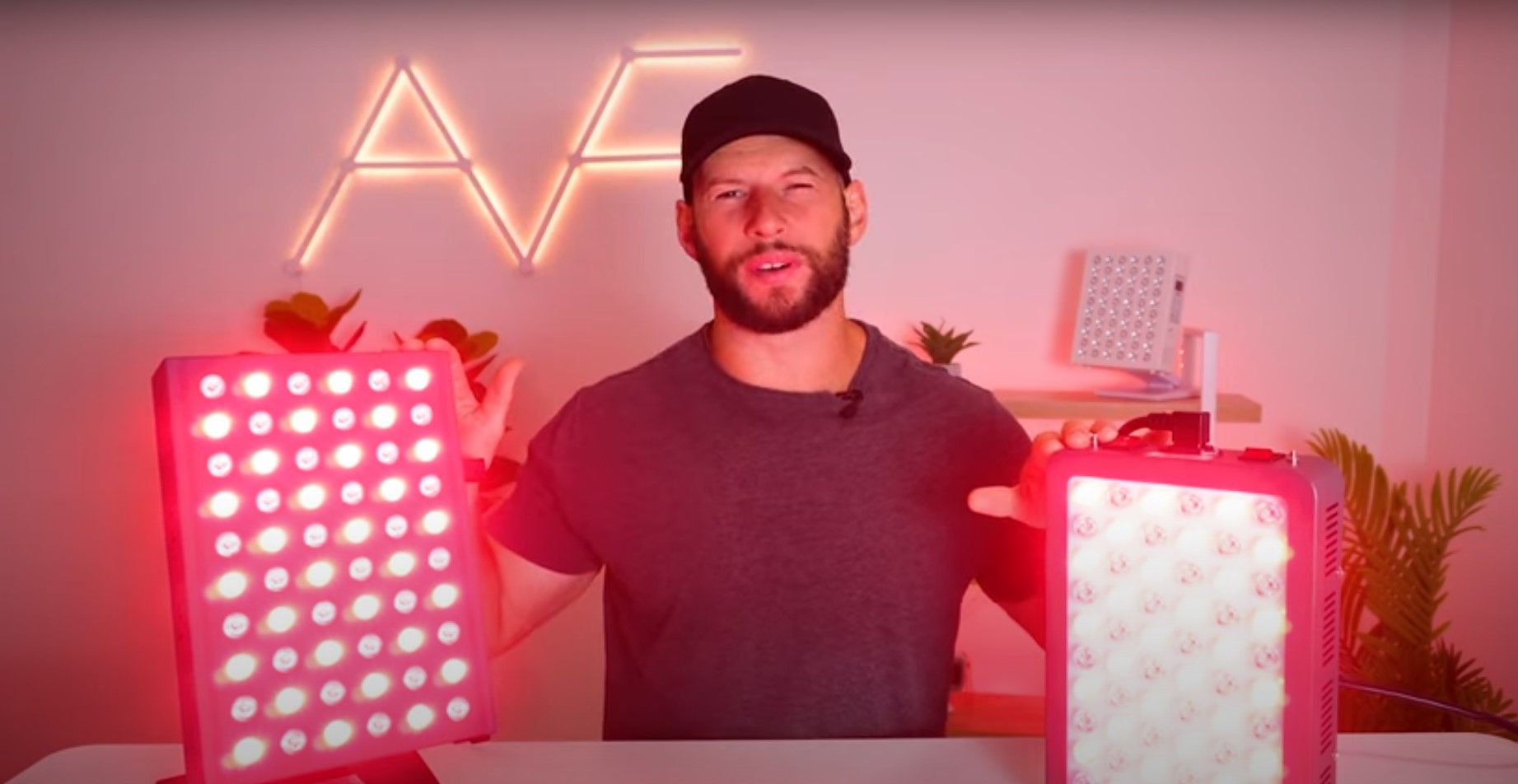
Well, when it comes to the 300s, they both have the same amount of LEDs. They also have the same warranty length that is three years. Also they both have really low EMF levels which is great. Finally, they both put out the same wavelengths: 660 and 850 nanometer (nm) light.
The Biggest Difference: Stands
So now for the differences: the biggest difference of all is the inclusion of a stand in the Pro model. The basic model has no stand, and there is no option to put a stand on later either.
You can't just save some money by getting the cheaper version now and then later on decide you want to add a stand to it because it's physically not possible with the basic line.
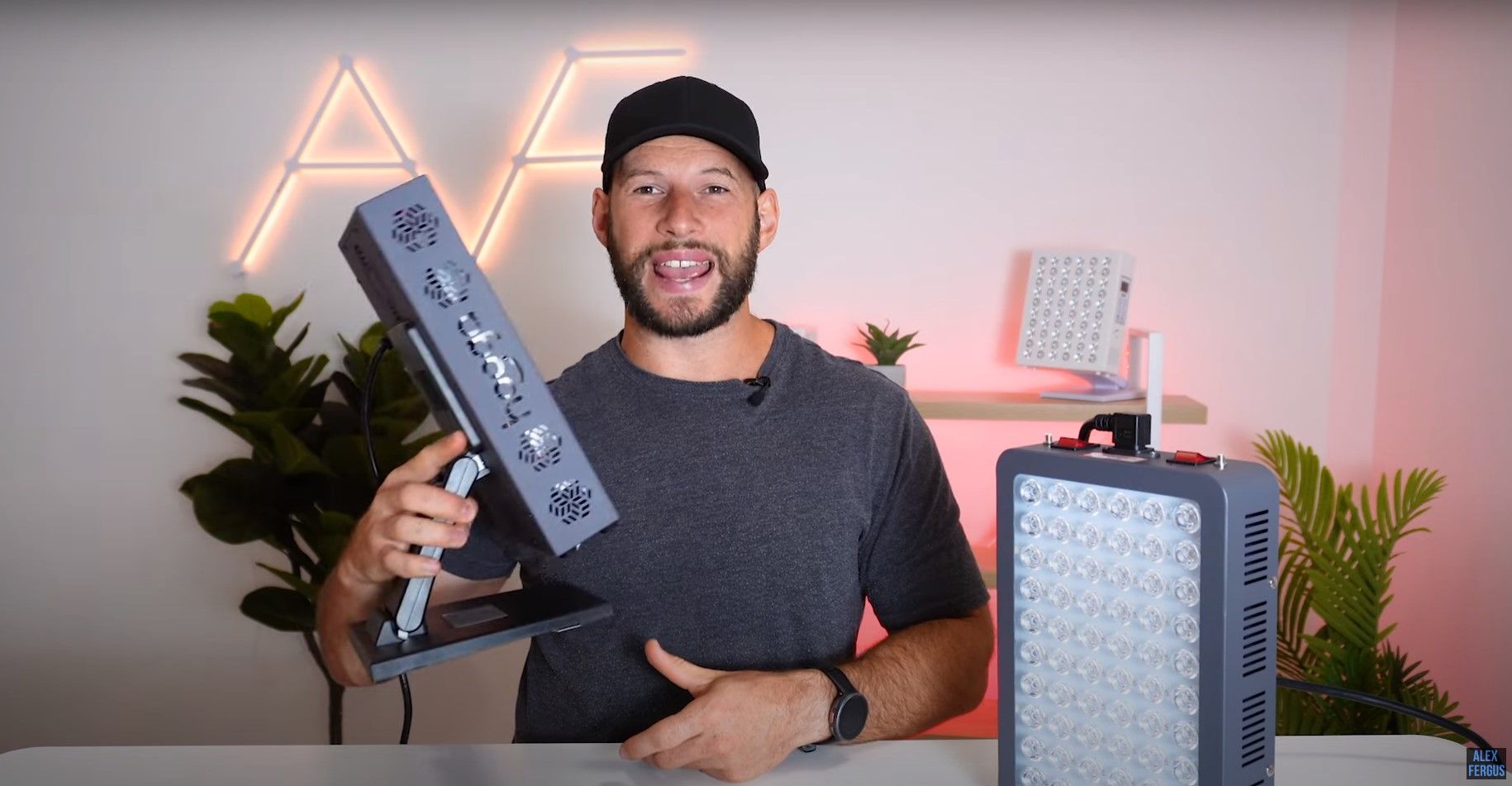
You can however hang both of these panels from a door or a wall hook. Both of the panels do come with hanging kits. However, have a think about how you intend to use this panel.
If you're going to use it as a tabletop panel, then that stand is going to be quite valuable. Of course, you could rest the basic model just on the desk like I've done here, but a stand is going to be much nicer.
Design & Power Output
Next up, we have the switches. The Pro has the switches and the power plug on the side. Whereas the basic line has the switches and the plug on the top. It's not a big difference. I prefer the switches and plug on the side. One little issue with the basic line is that the cable gets in the way of the switch which is a little bit annoying.

Next we have a difference in the LEDs. The Pro has dual chip LEDs. The basic line has single chip LEDs. What does that mean to you? You're going to get better light coverage with the Pro line. You're also going to get a little bit more power coming out of the Pro line which is going to mean shorter treatment time.
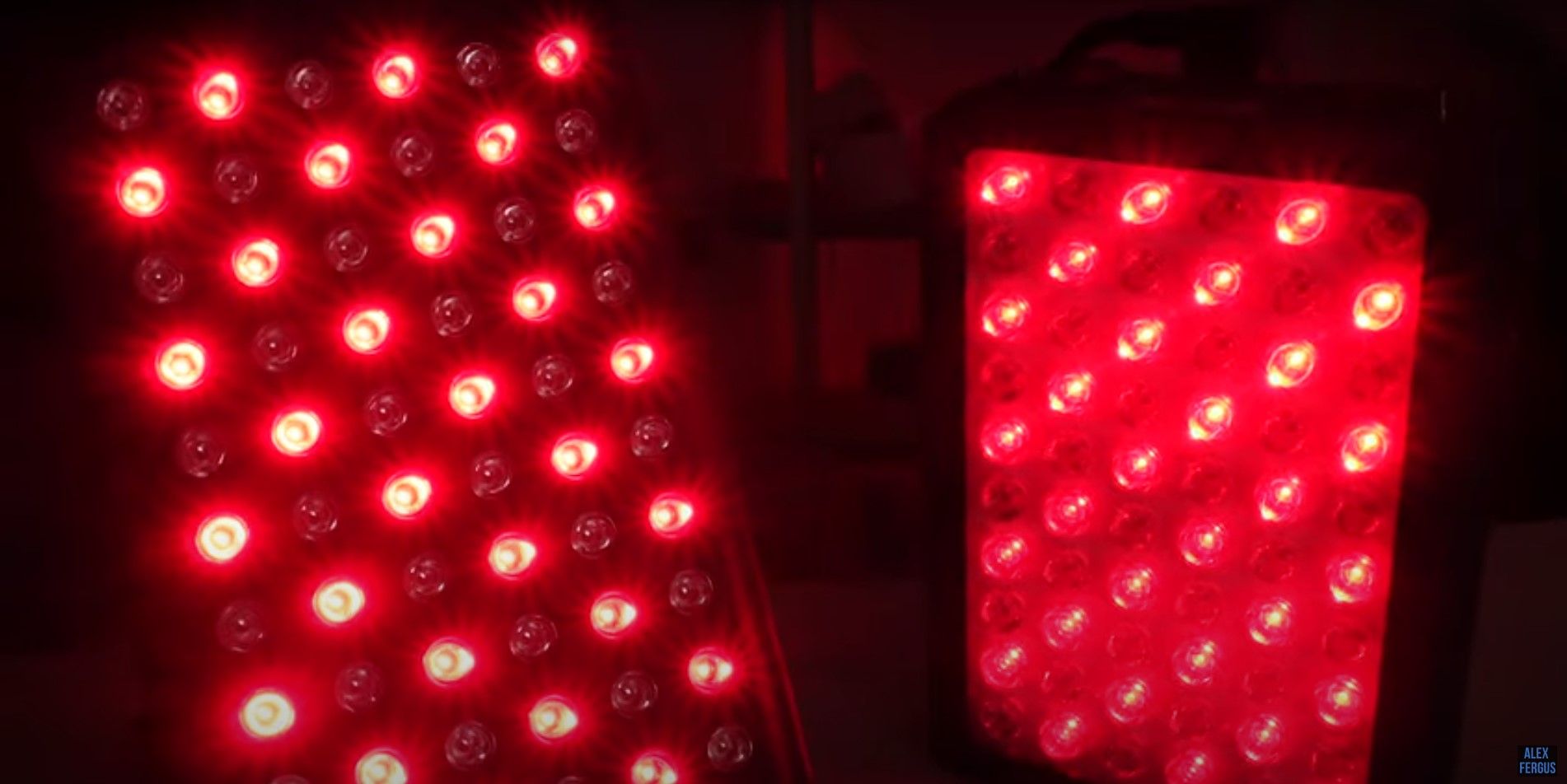
What about the design? Well there is obviously a bit of a difference here as well. First up, you'll see that the face of the Pro is all metallic with the LEDs built in. I think that gives it quite a sleek look especially when the panel's not running.
The basic line is white and more exposed. You can see some of the circuitry in there. It's an older-style look. Some people may not mind. Of course, when they're running, you don't notice that white as much.
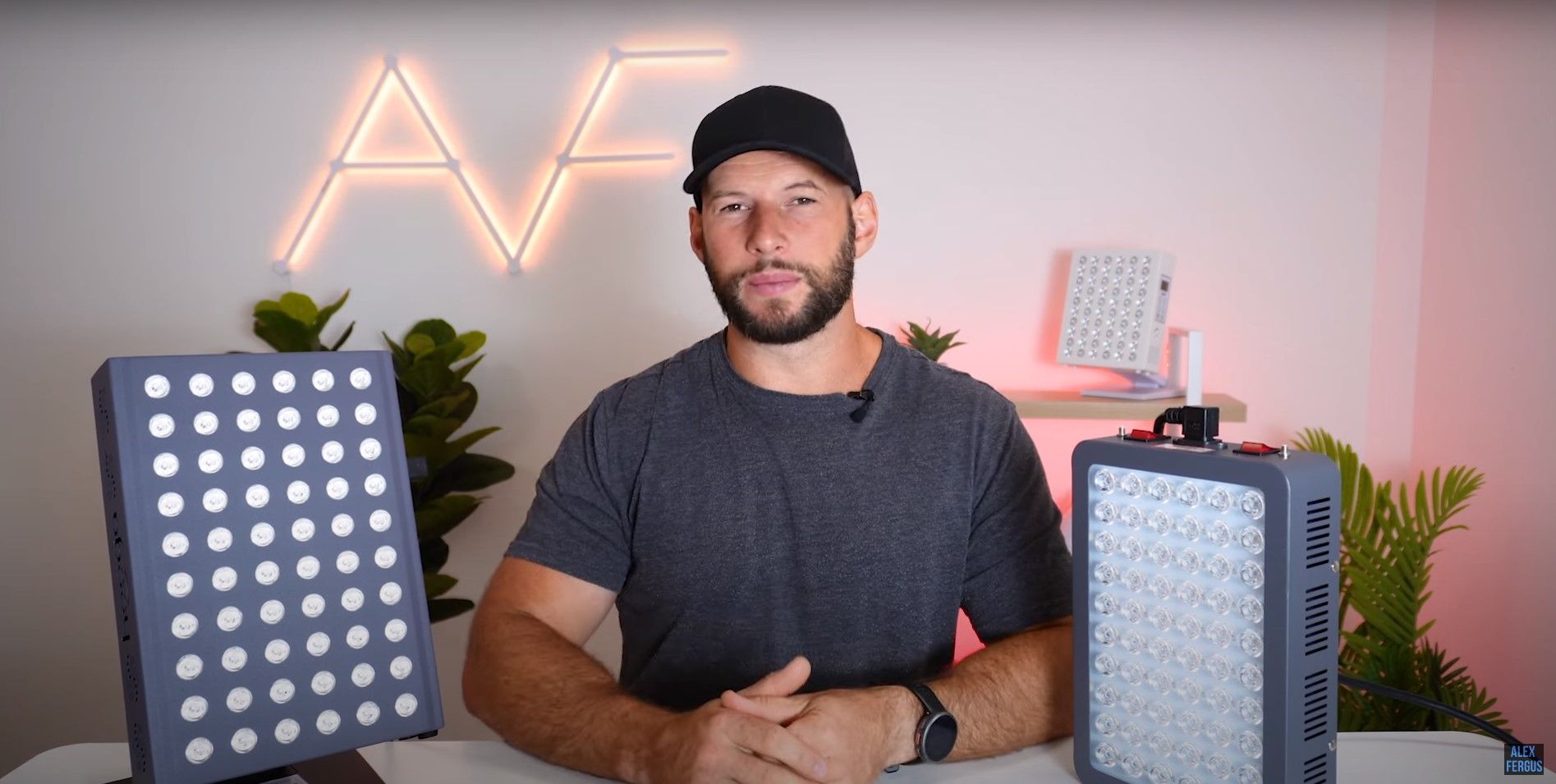
Also the Pro does have some rubber feet on it. So if you do decide to take this off the stands it's going to be better for resting on hard surfaces. The basic line doesn't have that. So there is a risk that you're going to scratch up a desktop if you're using it on a desk.
Finally, we have the fans. The Hooga Pro has more smaller fans. The Hooga basic line has larger but less fans. What does this mean? Well it means the Pro is actually a quieter panel to run. The Hooga basic is a lot louder, and it also puts out more of a gruntier sound. I definitely prefer the Pro here.
Modular Capability & Flicker
Next up, we have modular capability. This is something that is possible with the Pro, but not possible with the basic. What does that mean?
Well, let's say that later on you get a really large panel like the 1500 and then you have a smaller one that you want to clip underneath to get a larger treatment area. Connecting multiple panels is possible with the Pro. It's not possible with the basic one.
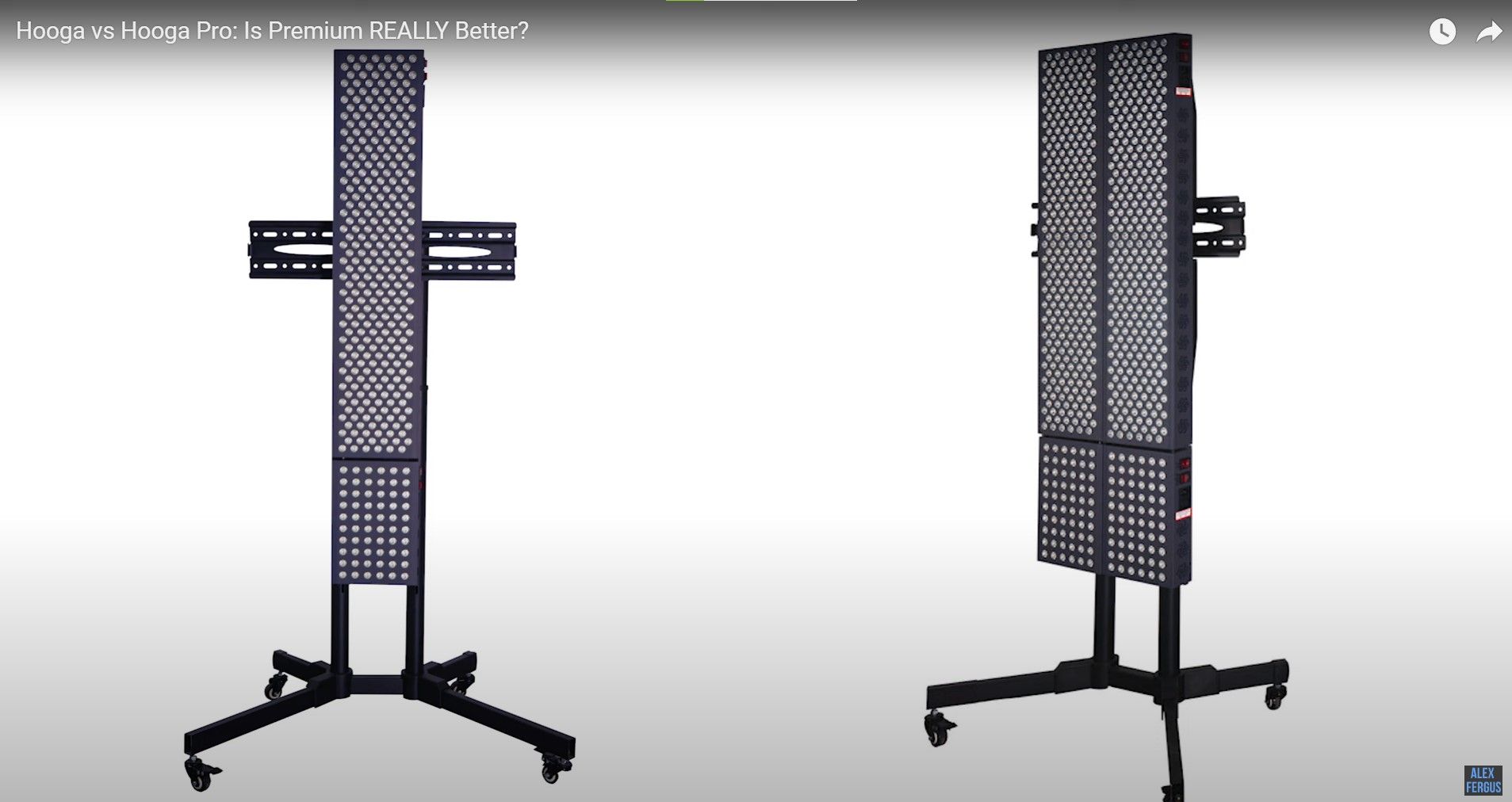
The Pro has a built-in daisy chain plug, so you can link more of them up. You can literally hook them together so that they become all in one. With the basic line, if you want to do that, you're literally going to have to use multiple power cords and somehow support them or hang them in a way that they will be close together.
Next we have flicker. The Pro line is flicker free. With the basic line there is some flicker in those LEDs. So if you're concerned about flicker, go with the Pro.
Price & Value
Finally, we have arguably the most important difference. Of course, that is the price. As we've seen already, you're getting a lot more features. You're getting a lot of nicer elements with the Pro line. So understandably, you're going to have to pay more for that. There is quite a bit of a cost difference between them.
I did say at the start of the article that there's a way to bring the price down even further. That is by using discount code ALEX. It will save you 5% on any of the Hooga products. So be sure to enter that in in your checkout process.
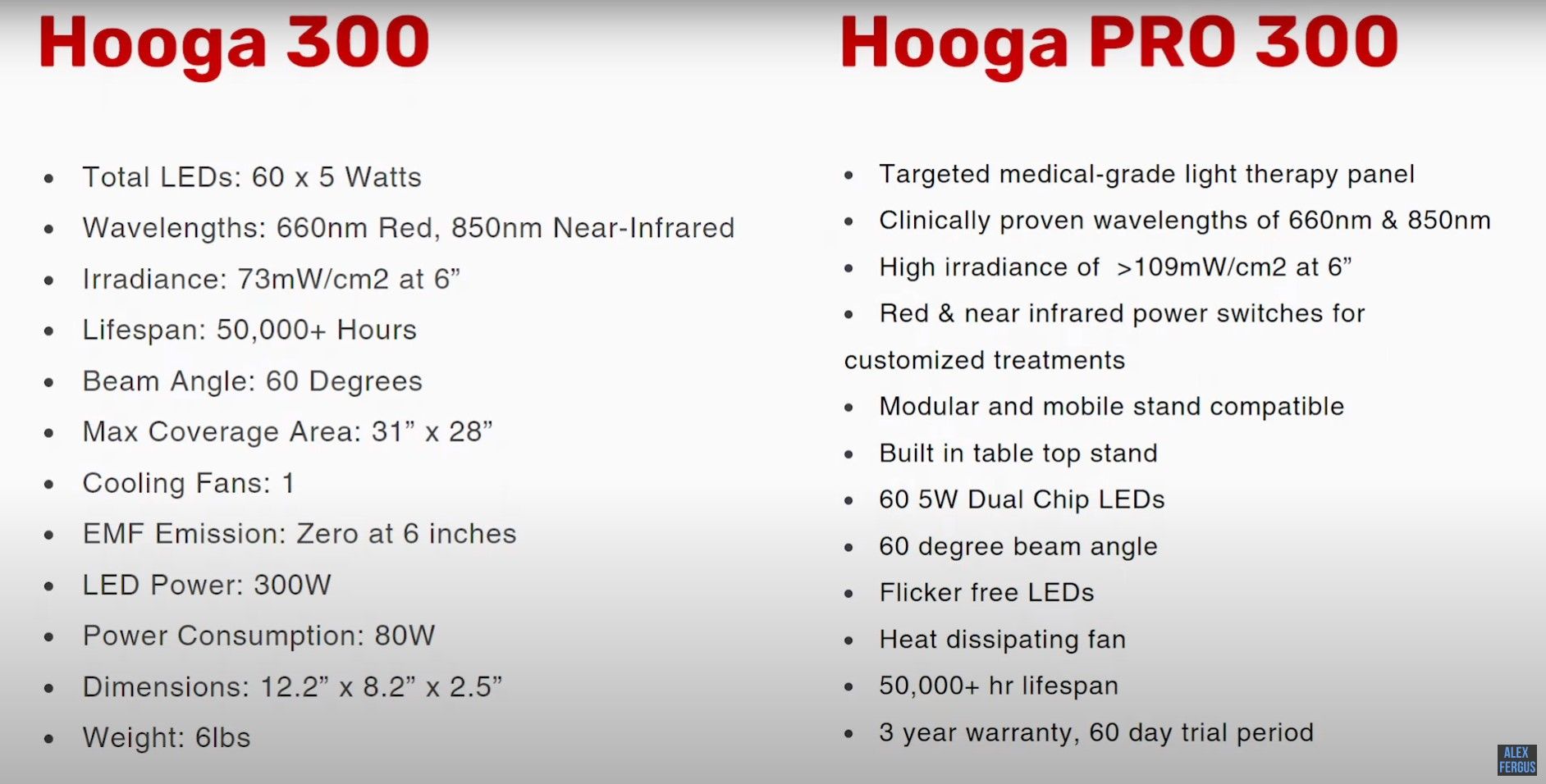
So effectively, you're paying $110 for these additional benefits:
- a little bit more power
- no flicker
- dual chip LEDs
- a complimentary built-in stand
- modular capability
- a sleek, modern design
- and a much quieter unit
It's your call to weigh how much each of those benefits are worth to you, or if you would be happiest spending the least for the most basic panel.
Other Hooga Options
When we look at the larger panels, you can get the 1500 Pro panel for $1200. Or you can get the 1500 basic panel for $890.
So that's an even bigger price point difference. It really depends on how much you value all those nicer features.
This is coming from someone who has used dozens, maybe hundreds of red light therapy panels over the years. I've tested a lot of them as well, so take my word for it. If you have the money, get the panels in the Pro line.
If cost is your main consideration, and you just want to get a red light therapy device for the health benefits and nothing more, then sure the panels in the basic line are still going to work great. You just may not have the extra nice little elements, that's all.
Other Budget Panels
If you are shopping for a red light therapy panel, and you are on a budget, be sure to check out this other article where I compare 10 red light therapy tabletop panels including the Hooga Pro 300. In that article and video, "The Best Budget-Friendly Red Light Therapy Panel Review," I tried to determine which one is the best for those on a budget.
If you enjoyed this article, please let me know. It helps me identify what new content I should keep putting out. I always aim for a variety of deep-dive reviews, comparisons, educational pieces, and interviews.
This Article's Products:
- Hooga 300 -click the following link: https://aferg.co/hooga-rlt. The discount is auto-applied at checkout. You'll need to use that link for the discount.
- Hooga Pro 300
- Hooga 1500
- Hooga Pro 1500
Extra! Extra! Read All About It!
✅ 810 Nanometer Wavelength Health Effects Cheat Sheet
✅ 36 Powerful Red Light Therapy Benefits
✅ Red Light Therapy For Testosterone: The Encouraging Science
✅ How To Use Red Light Therapy 101: The Best Guide For Starters
Be In The Know With These YouTube Videos
✅ PlatinumLED BioMax 300 Review: 6 Wavelengths & More!
✅ Hooga Pro 1500 Review: INSANE Power But…
✅ Mito Red Light MitoPRO 300 Review: Hard To Beat!
✅ THIS Is The Best Beauty Red Light Therapy Panel In 2023
This blog post was written by Alex Fergus. Alex is a ISSN Sports Nutrition Specialist, Fitness Professional and certified Superhuman Coach who continues to expand his knowledge base and help people across the world with their health and wellness. Alex is recognized as the National Record Holder in Powerlifting and Indoor Rowing and has earned the title of the Australian National Natural Bodybuilding Champion. Having worked as a health coach and personal trainer for over a decade, Alex now researches all things health and wellness and shares his Alex Fergus blog as well as light therapy on this website.

